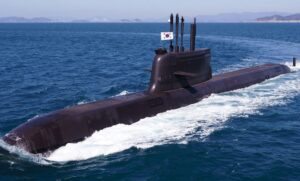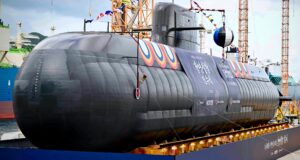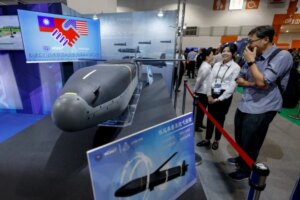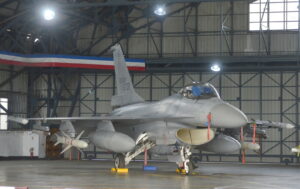法国陆军装备NH-90直升机,加装稳定精确打击系统
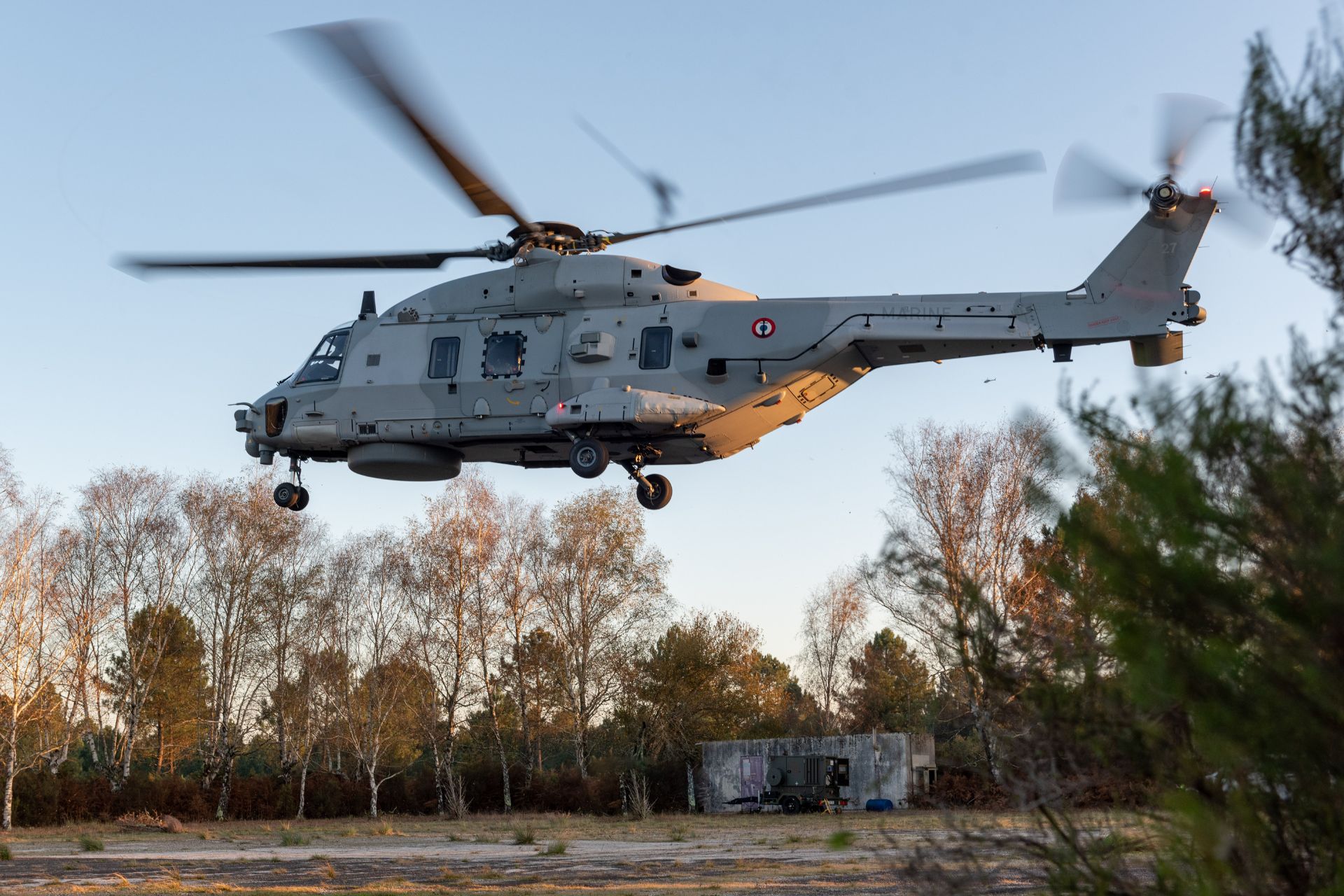
快速阅读: 2018年,法国海军陆战队狙击手在Operation Thalathine行动中,从Panther直升机上精准射击,成功击毁索马里绑匪车辆引擎。为提升此类能力,法国中小企业COSE开发了STRIKE系统,现已装备Gazelle、Cougar和Fennec直升机,并计划集成到NH90 Caïman Standard 2直升机上,以增强特殊作战任务中的火力支援和观察能力。
Executing a precision shot from a moving aircraft remains a complex task. Vibrations, turbulence and flight instability make targeting difficult and expose shooters to a high risk of inaccuracy. Yet, certain missions require complete control of this capability. A notable example occurred during Operation Thalathine in 2018, when a marine commando sniper, positioned in a Panther helicopter, disabled the engine of a 4×4 vehicle used by Somali hostage-takers with a 12.7×99 mm McMillan TAC-50 rifle. The action, carried out under dynamic conditions, enabled the partial recovery of the ransom and the arrest of several individuals linked to the attack on the yacht Le Ponant.
This type of airborne firing capability is also employed by sharpshooters of the French Air and Space Force, particularly from Fennec helicopters used in active air security measures. To secure such operations, the French SME COSE developed the STRIKE system (Stabilisateur de Tir Réglable d’Intervention Kinésique et Équilibré), a stabilized articulated arm designed to absorb vibration effects and reduce the burden of weapon weight on the shooter. The system can also be fitted with a telephoto-equipped camera, supporting airborne reconnaissance missions.
Already integrated on Gazelle, Cougar, and Fennec helicopters, STRIKE underwent a technical and operational evaluation in February, led by the Army’s Aeromobility Group (GAMSTAT), with sharpshooters from the 1st Marine Infantry Parachute Regiment (1er RPIMa) participating. The tests were conducted aboard an AS532 Cougar. Following that phase, additional flight trials were conducted to validate the system for the NH90 platform. Four configurations were tested: a 12.7 mm M3M machine gun from FN Herstal (6,500 m range, 1,000 rounds per minute), an HK 417 assault rifle, a PGM Hecate II precision rifle, and a long-range camera system.
These tests are part of a broader effort to modernize the French helicopter fleet, notably through the upcoming introduction of the
NH-90
Caïman Standard 2, unveiled in April 2025 at the SOFINS exhibition. Designed specifically for special operations, the new version features enhanced performance. It is powered by two 2,400-horsepower engines, capable of reaching speeds of 300 km/h and a maximum range of 1,600 km. It can carry up to 4,200 kg externally, with internal configurations accommodating either 20 troops or 10 stretchers. Equipment includes a Safran EOS410 infrared camera with laser designator and pointer, an AI-assisted system for joint-force operations, and a drone control interface operated via tablet. A dedicated console allows the flight engineer to manage sensor feeds and access tactical mapping. Enlarged side windows support the installation of Mag 58 machine guns for increased onboard firepower. The DGA has ordered 18 helicopters of this new standard to equip the 4th Special Forces Helicopter Regiment (4e RHFS) based in Pau, with deliveries scheduled between 2026 and 2029.
The final operational evaluation of the STRIKE system on the NH90 is now expected. It will be conducted by GAMSTAT to confirm deployment procedures under real operational conditions. The integration of STRIKE consolidates the ability of utility helicopters to support special operations in unstable environments by combining long-range fire capability, observation tools, and tactical flexibility. Combined with the advancements brought by the Standard 2 variant, STRIKE expands the operational toolkit available to airmobile units tasked with complex, high-precision engagements.
(以上内容均由Ai生成)


